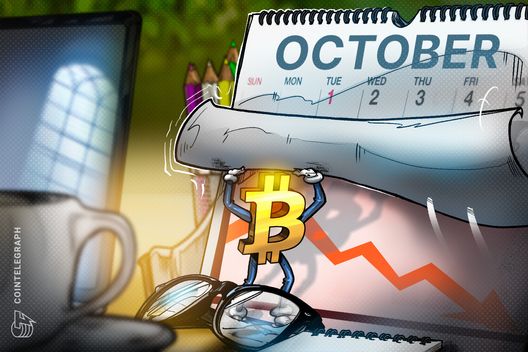- Avantis whale activity remains weak despite strong short-term price gains.
- Technical breakout hints at reversal, but confirmation needs $1.00 break.
- TVL surge and new listings boost adoption amid rising volatility.
After a steep correction that erased much of its September gains, the Avantis price has staged an impressive rebound, rising 73% over the past week and 31.9% in the last 24 hours.
The AVNT token is now trading around $0.86, still nearly 59% below its September peak of $2.66.
While the recovery has rekindled investor optimism, the question remains — can this rally hold, or is it merely a temporary reprieve in a larger downtrend?
Whales are still on the sidelines
Despite the sharp recovery, large investors appear hesitant to jump back in.
On the daily chart, the Chaikin Money Flow (CMF), a key indicator of whale participation, remains below zero, showing that major wallets are not yet accumulating AVNT.

Historically, the Avantis price has moved in tandem with whale inflows; its September surge to an all-time high coincided with CMF turning positive.
Since the indicator slipped below zero on September 26, the market has seen sustained selling pressure.
While CMF has slightly improved in recent sessions, the momentum is weak.
The lack of significant whale support casts doubt on the rally’s durability.
For a genuine reversal to take hold, CMF needs to cross decisively into positive territory, confirming renewed institutional confidence.
Technical patterns hint at a possible shift
From a technical standpoint, Avantis appears to be trying to flip its bearish script.
The token recently broke out of a falling wedge pattern on the 12-hour chart, a formation often associated with a trend reversal.
The Relative Strength Index (RSI) sits at 52.1, and the MACD histogram has turned slightly positive at +0.0088 — both signs of growing bullish momentum.
However, beneath these signals lies a warning.
Between October 10 and 21, the Avantis chart formed a hidden bearish divergence, where prices made lower highs while RSI posted higher highs.
This pattern can foreshadow weakening upside pressure.
A close above $1.00 would invalidate this bearish setup, confirming stronger buying interest.
Until then, traders remain cautious, especially with key support anchored around $0.57.
Rising TVL and platform growth fuel optimism
Fundamentally, Avantis’ ecosystem continues to show progress.
The project’s Total Value Locked (TVL) recently surpassed $111 million, up more than 430% in a month.
Much of this growth stems from its synthetic asset trading platform on Base Chain, which has attracted new liquidity and users.
The development of composable yield products is also boosting engagement, as AVNT’s staking and governance features tie directly to network revenue.
This rise in TVL not only reflects increasing adoption but also suggests stronger underlying demand for the AVNT token.
The platform’s expansion reinforces its long-term utility case, even as short-term market sentiment fluctuates.
Exchange listings have added liquidity — but also volatility
AVNT’s recent listings on Binance, Upbit, and Coinbase have dramatically increased liquidity, with daily trading volume now exceeding $307 million — roughly 2.4 times its market capitalisation.
Such high turnover indicates speculative enthusiasm, but it also underscores the market’s instability.
Following the listings in September, AVNT soared by nearly 400% before correcting by 60% in the weeks that followed.
The current rebound, though encouraging, remains fragile unless sustained by organic demand rather than short-term trading.
Avantis price outlook
In the short term, all eyes are on whether the Avantis price can maintain momentum above the $1.00 resistance.
Breaking this level would signal the start of a broader trend reversal and could open the path toward $1.32 and potentially $2.66 — the previous all-time high.
Failure to hold above $0.57, however, could invite renewed selling and a retest of lower levels near $0.46.
The post What next for Avantis price after the 73% recovery? appeared first on CoinJournal.


